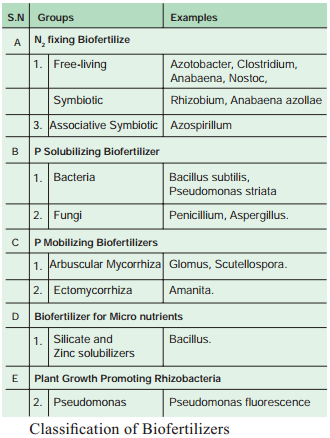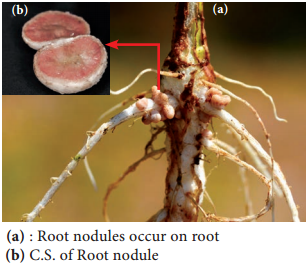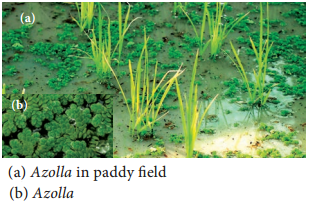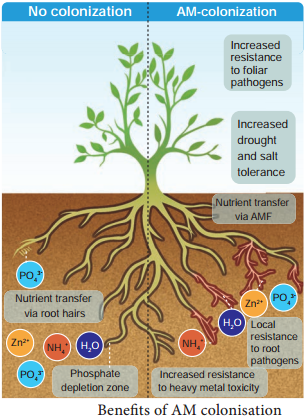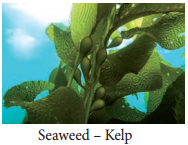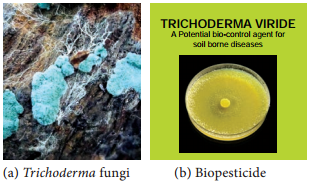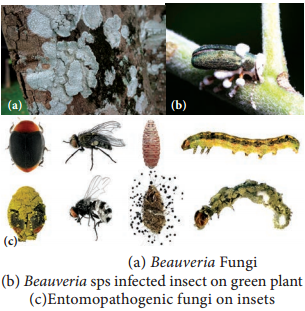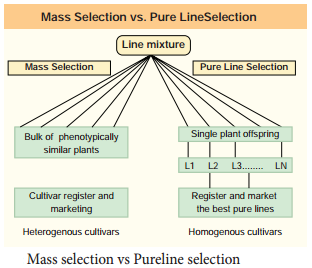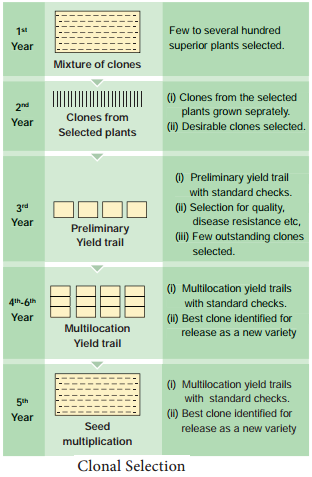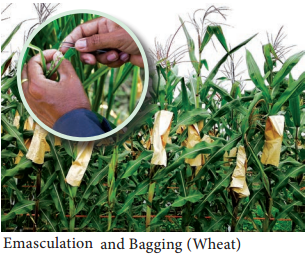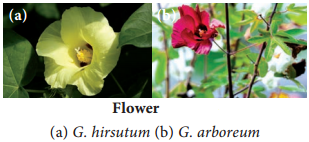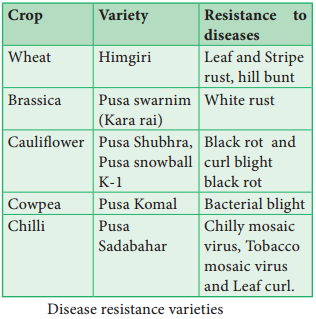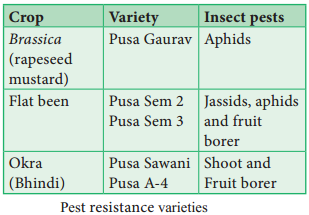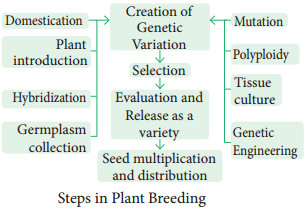Learninsta presents the core concepts of Biology with high-quality research papers and topical review articles.
Modern Plant Breeding Techniques
In the milestones of plant breeding methods Genetic Engineering, Plant tissue culture, Protoplasmic fusion or somatic hybridisation, Molecular marking and DNA figer printing are some of the modern plant breeding tools used to improve the crop varieties.
We have already discussed about the various techniques and application of the above mentioned concepts in Unit VIII.
New Plant Engineering Techniques / New Breeding Techniques (NBT)
NBT are a collection of methods that could increase and accelerate the development of new traits in plant breeding. These techniques often involve genome editing, to modify DNA at specific locations within the plants to produce new traits in crop plants. The various methods of achieving these changes in traits include the following.
- Cutting and modifying the genome during the repair process by tools like CRISPR/Cas.
- Genome editing to introduce changes in few base pairs using a technique called Oligonucleotide-directed mutagenesis (ODM).
- Transferring a gene from an identical or closely related species (cisgenesis).
- Organising processes that alter gene activity without altering the DNA itself (epigenetic methods).
Plant breeding is an activity that has been carried out since humans first started undertaking settled farming, but its scientific basis was only firmly established with the rediscovery of Mendel’s work on genetics at the end of the nineteenth century.
The impetus and sophistication of plant breeding have advanced at a tremendous pace over the last 30 years with the implementation of the new biotechnological possibilities. However, plant breeding itself is still necessarily based on sound genetics, experimental design, and traditional evaluation of phenotypes.
The strategies therefore underlying the practice of plant breeding are therefore not only relevant but necessary in order to carry out a successful plant breeding program. The basis for such plant breeding practices is set out in this article.
